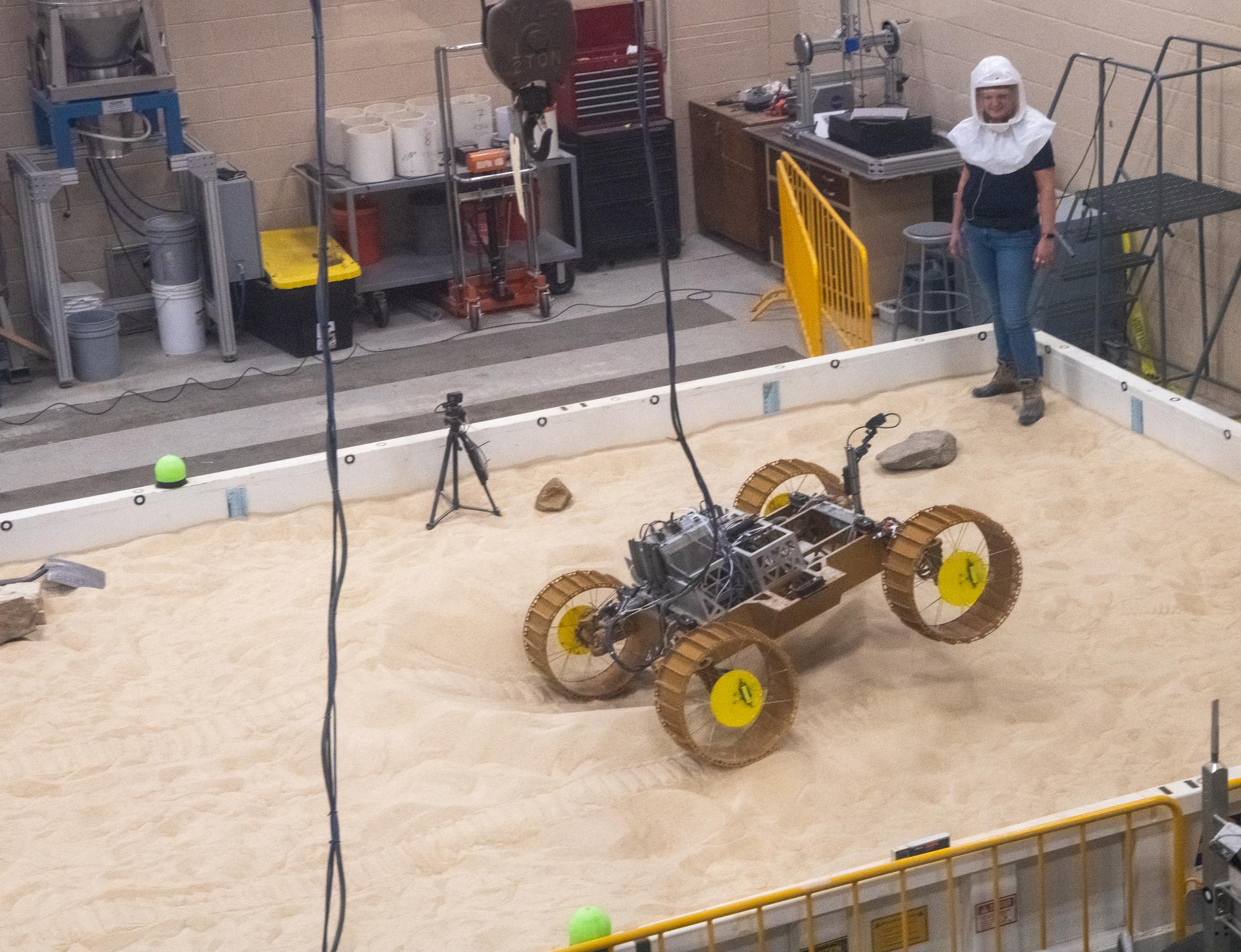In a request for information released Friday, NASA officially asked if anyone could use its largely completed, $450 million lunar rover.
The agency canceled the Volatiles Investigating Polar Exploration Rover (VIPER) last month due to rising costs and a delayed schedule, and now, facing criticism from scientists and lunar activists, it’s hoping another organization can do it a favor and bring the water-seeking robotic golf cart to the moon.
NASA proposes that another organization take over the rover, complete its tests, take it to the moon, collect data and make it publicly available – “at minimal to no additional cost to NASA.”
Who can do this? Scientists complained that they no longer had access to the real facts about how volatile chemicals, particularly water ice, were distributed on the lunar surface. But it is unlikely that any academic institution could quickly raise the $100 million that might be needed to save the mission.
More likely, one of the companies developing lunar infrastructure will take over the mission. Astrobotic was supposed to deliver VIPER, but it’s not clear if it can continue the task without additional funding. Intuitive Machines, the lunar company set to attempt its second landing this year, announced last week that it had sent NASA a letter offering to take over the rover project.
“The overall scientific, prospective and operational value of VIPER adds value to Intuitive Machines’ future landing (lunar rover) operations and service objectives at the South Pole, as well as resource utilization objectives,” an IM spokesperson told Payload.
Another déjà vu: This is not the first time this program has been “saved” by the private sector. In 2018, NASA canceled the Lunar Resources Prospector project, which had similar scientific instruments and objectives.Shortly thereafter, the agency launched the Commercial Lunar Payload Services (CLPS) program with the promise of carrying the LRP instruments aboard a private mission. The next year, the agency announced VIPER as a successor rover to fly on a private mission.
In addition, NASA is trying to attract the private sector to bring samples collected on Mars to Earth, as returning them had become too costly.
If a private company does indeed rescue VIPER, the world could collect important data about the resources on the moon. But NASA’s decision to continue its lunar program without this important data raises the eternal question of whether the Artemis program is really about the long-term return to the moon or whether it is simply a flag-and-footprint transfer plan.

